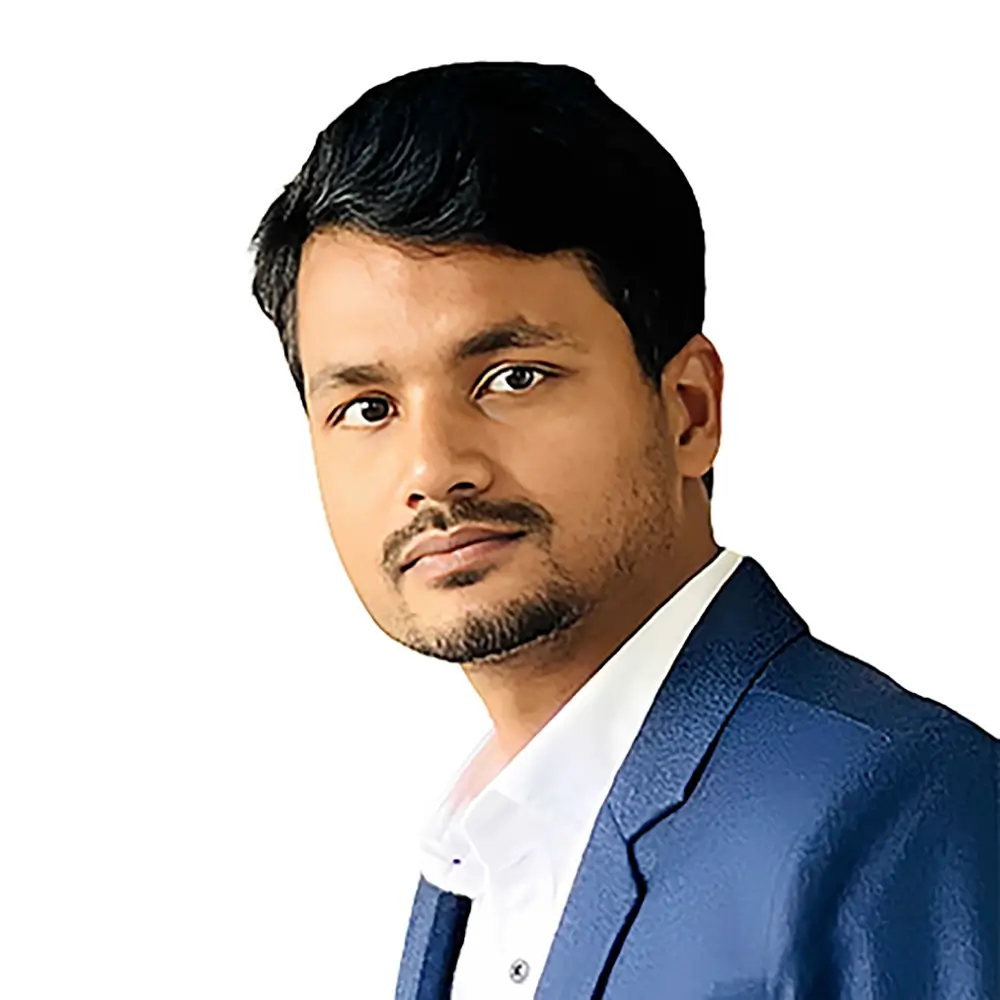Muhammad Amdad Hossain is an award-winning travel and documentary photographer from Chittagong, Bangladesh. Renowned for his ability to capture the resilience and strength of people amidst adversity, his work focuses on the impacts of natural disasters, pollution, and poverty in vulnerable communities. Amdad also celebrates Bangladesh's cultural heritage through vivid documentation of rural traditions, festivals, and daily life.
With over 170 prestigious awards to his name, including international photography prizes, Amdad's work has been published in leading outlets such as The Guardian, National Geographic, BBC, and Forbes, and exhibited in 30+ countries. He has served as a judge for global photography contests, including the MUSE and New York Photography Awards.
Amdad collaborates with top news agencies like Zuma Press and NurPhoto, using his art to amplify voices, raise awareness, and inspire action. His impactful storytelling continues to resonate globally.
